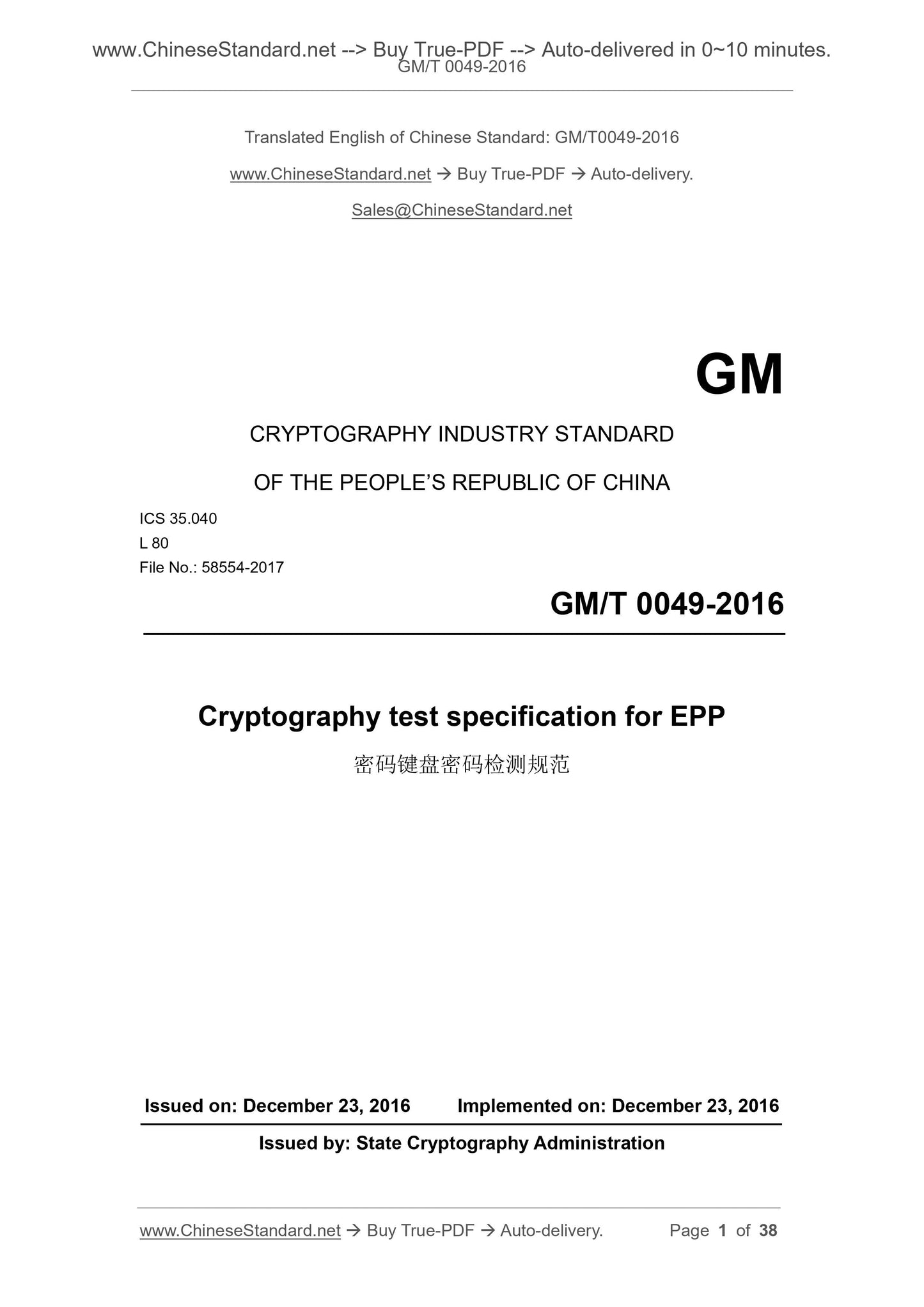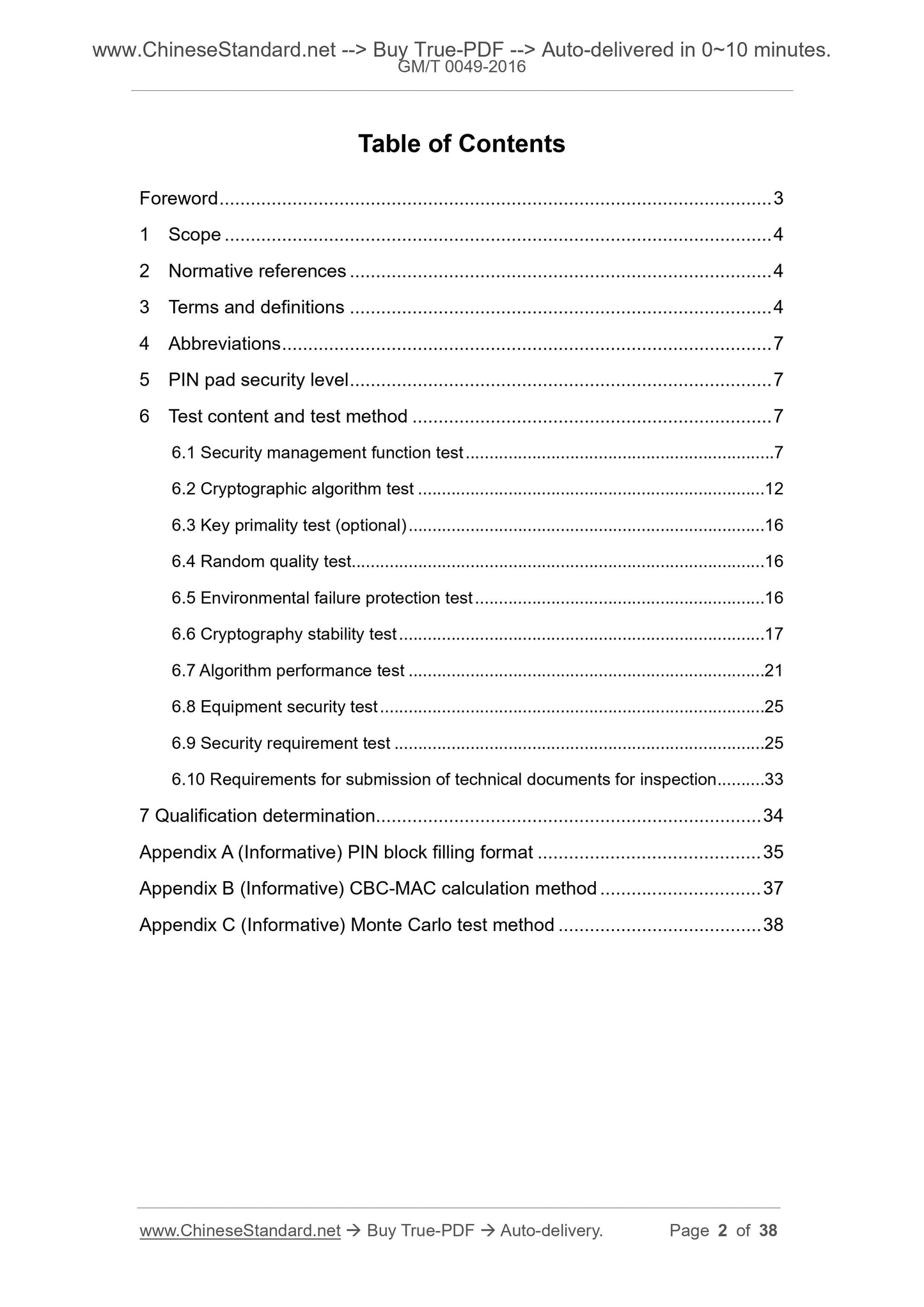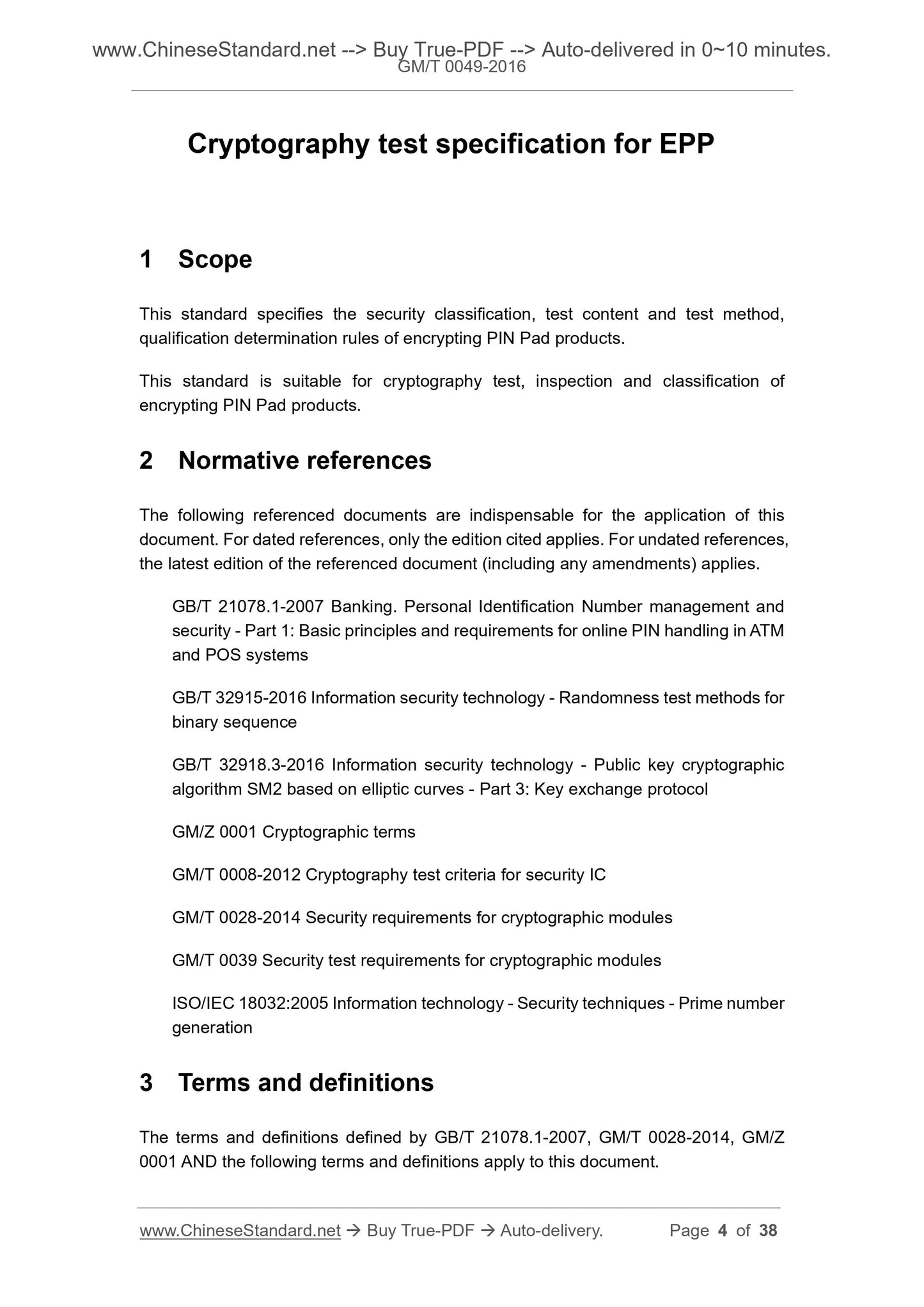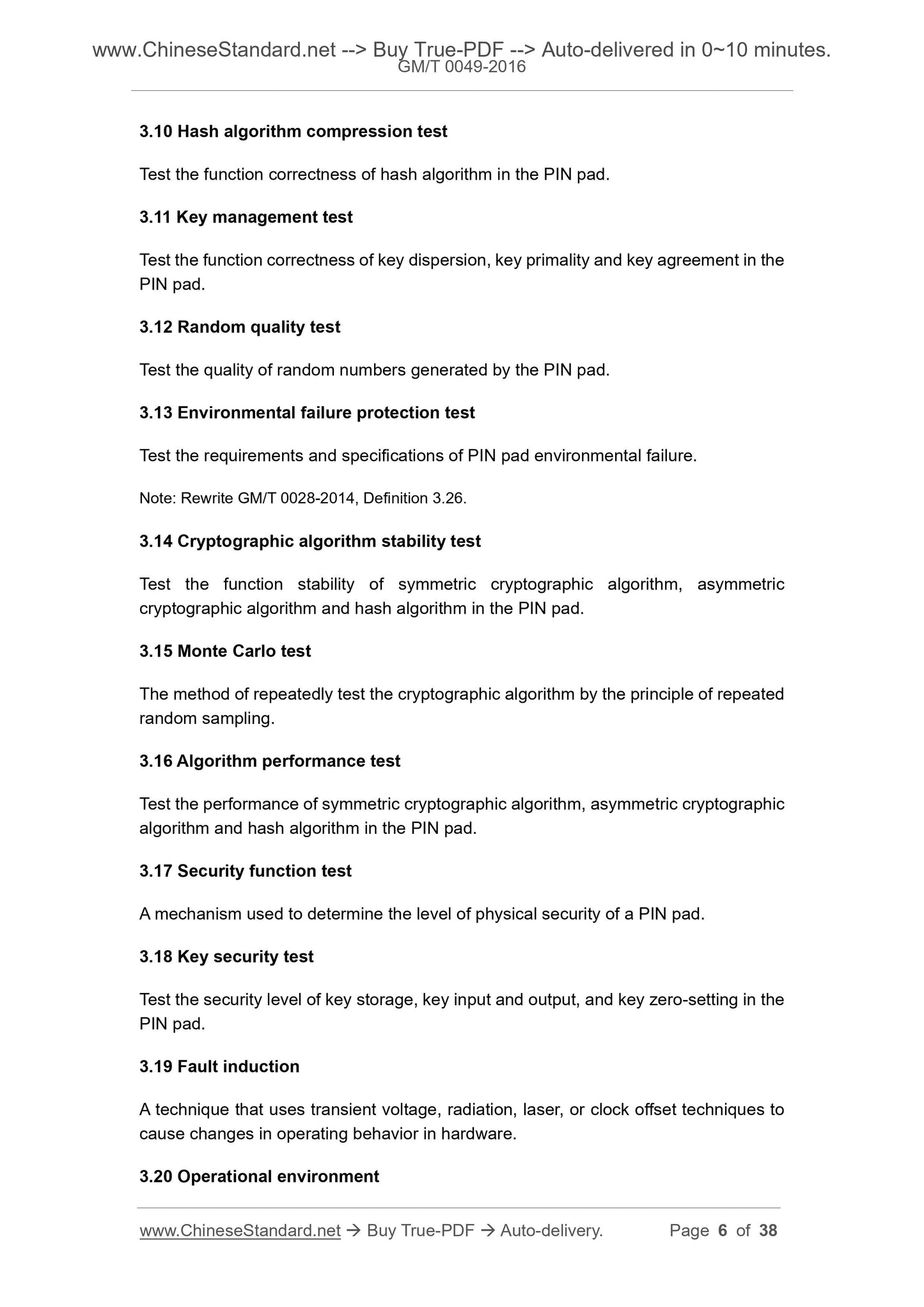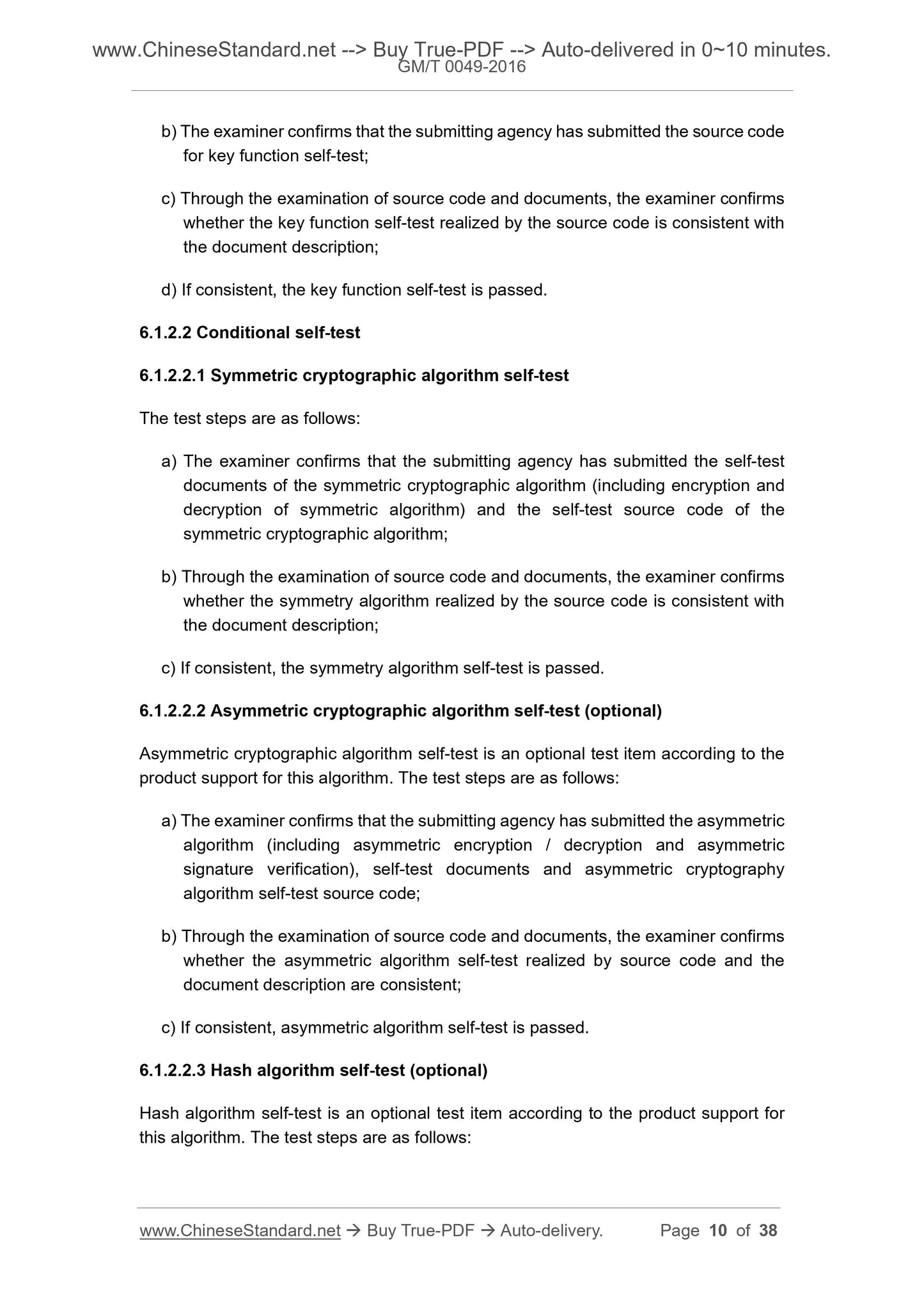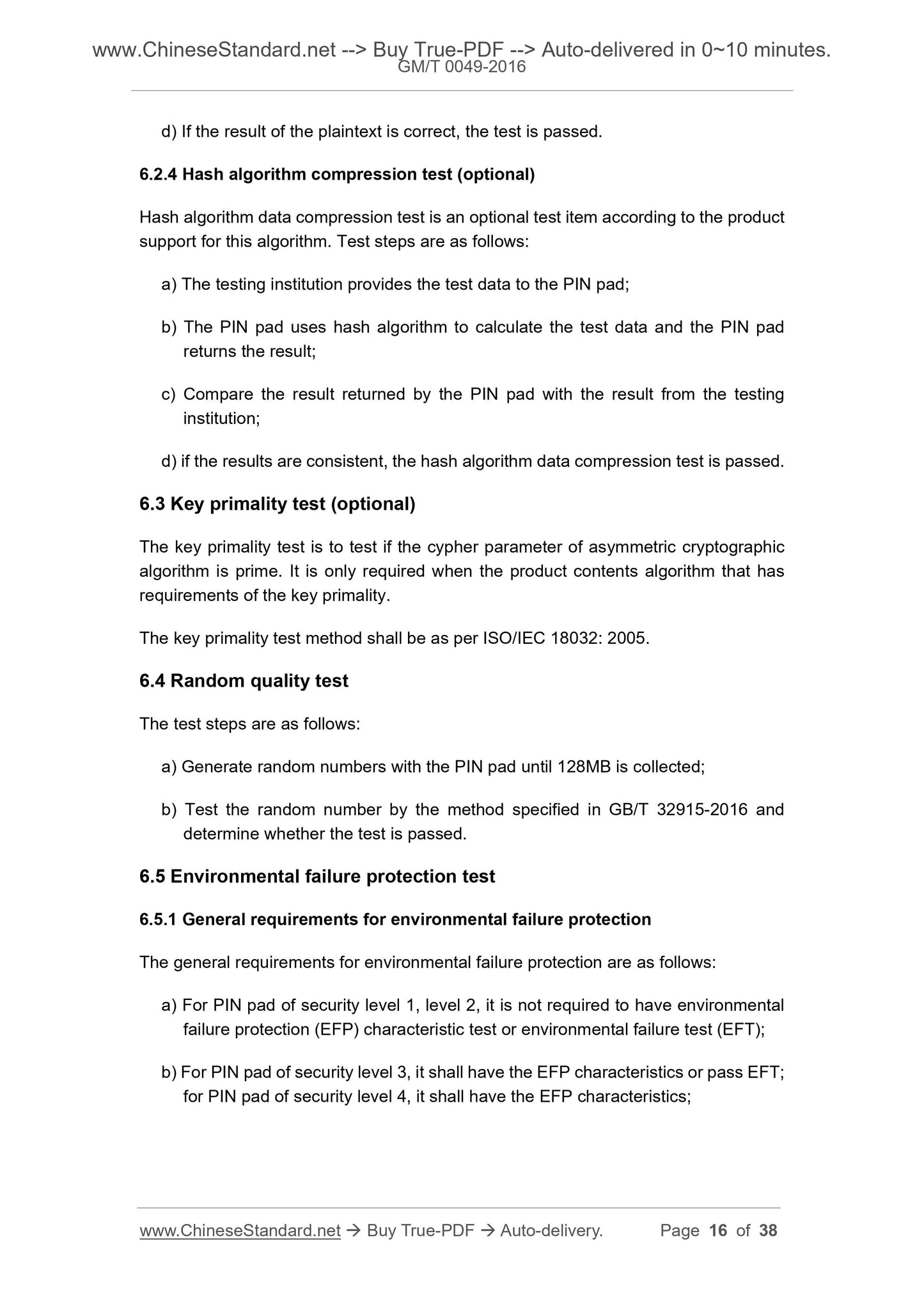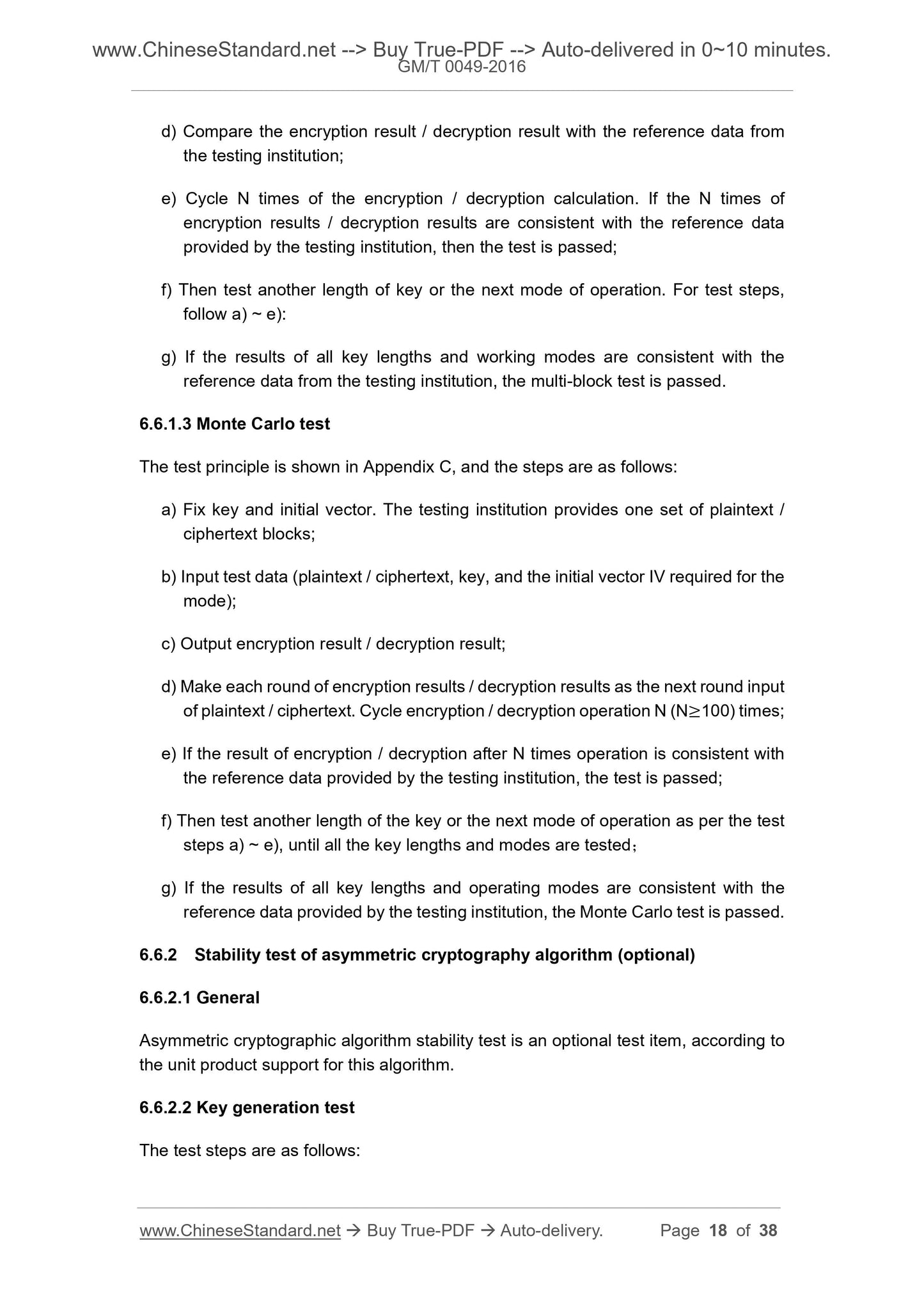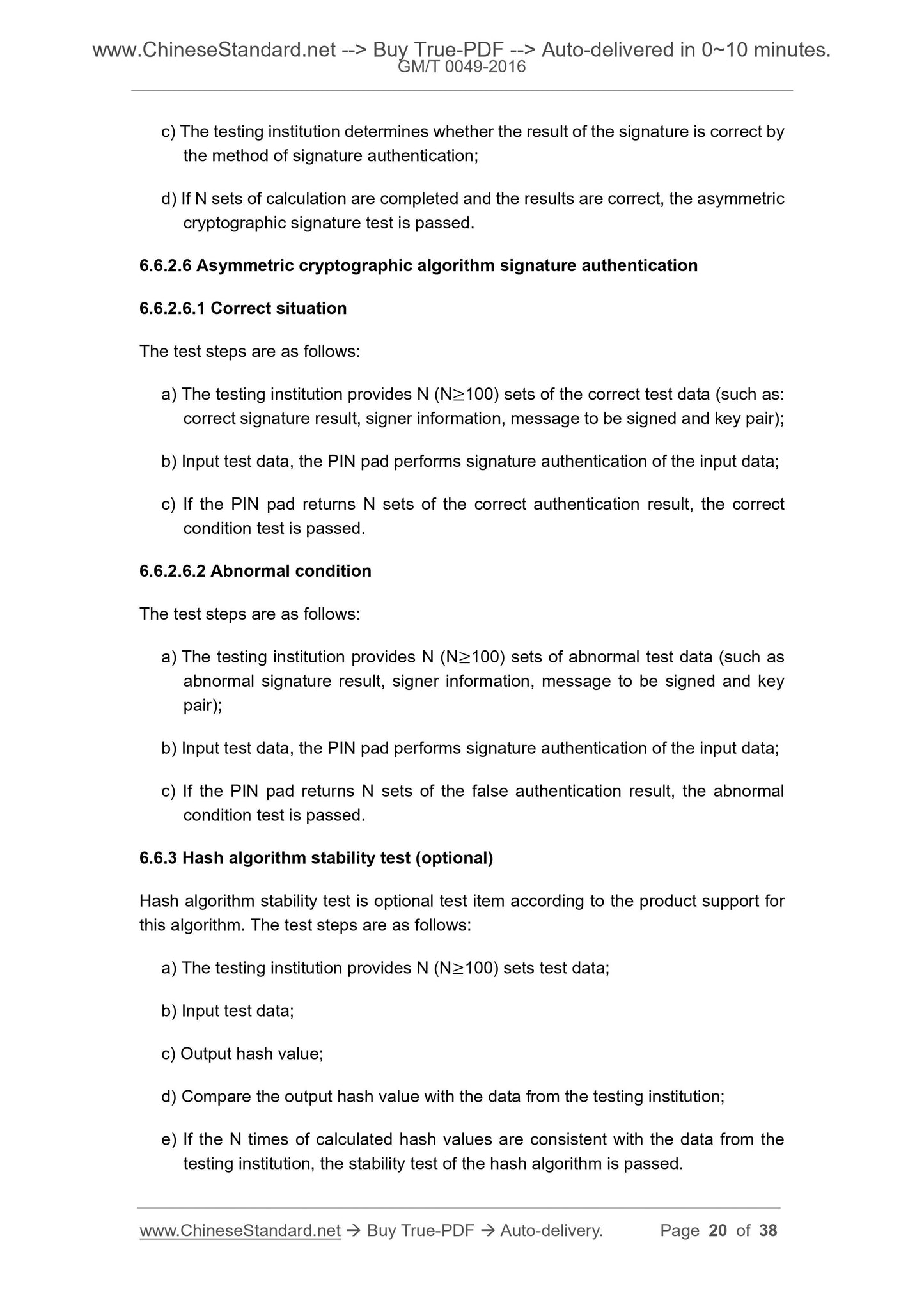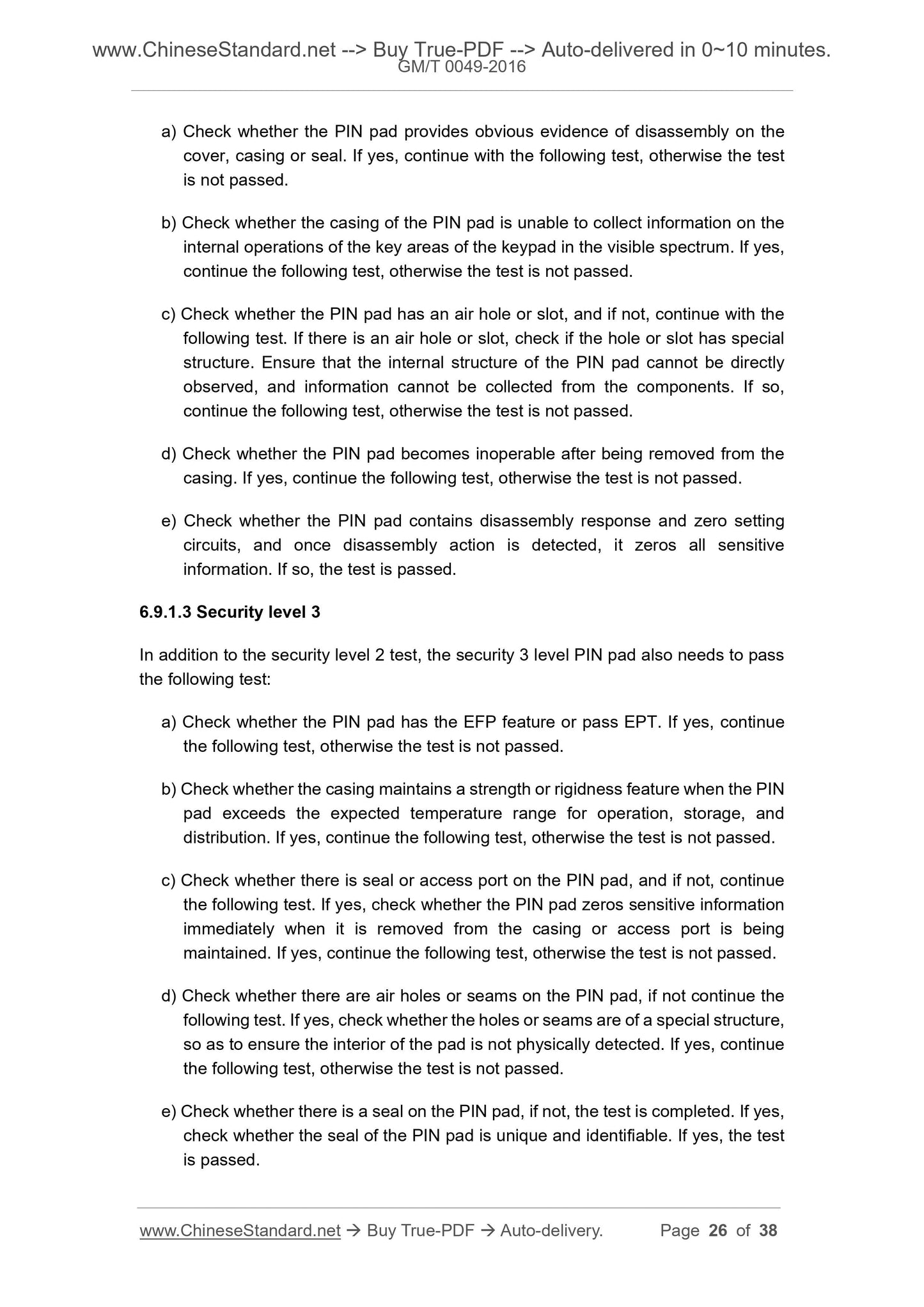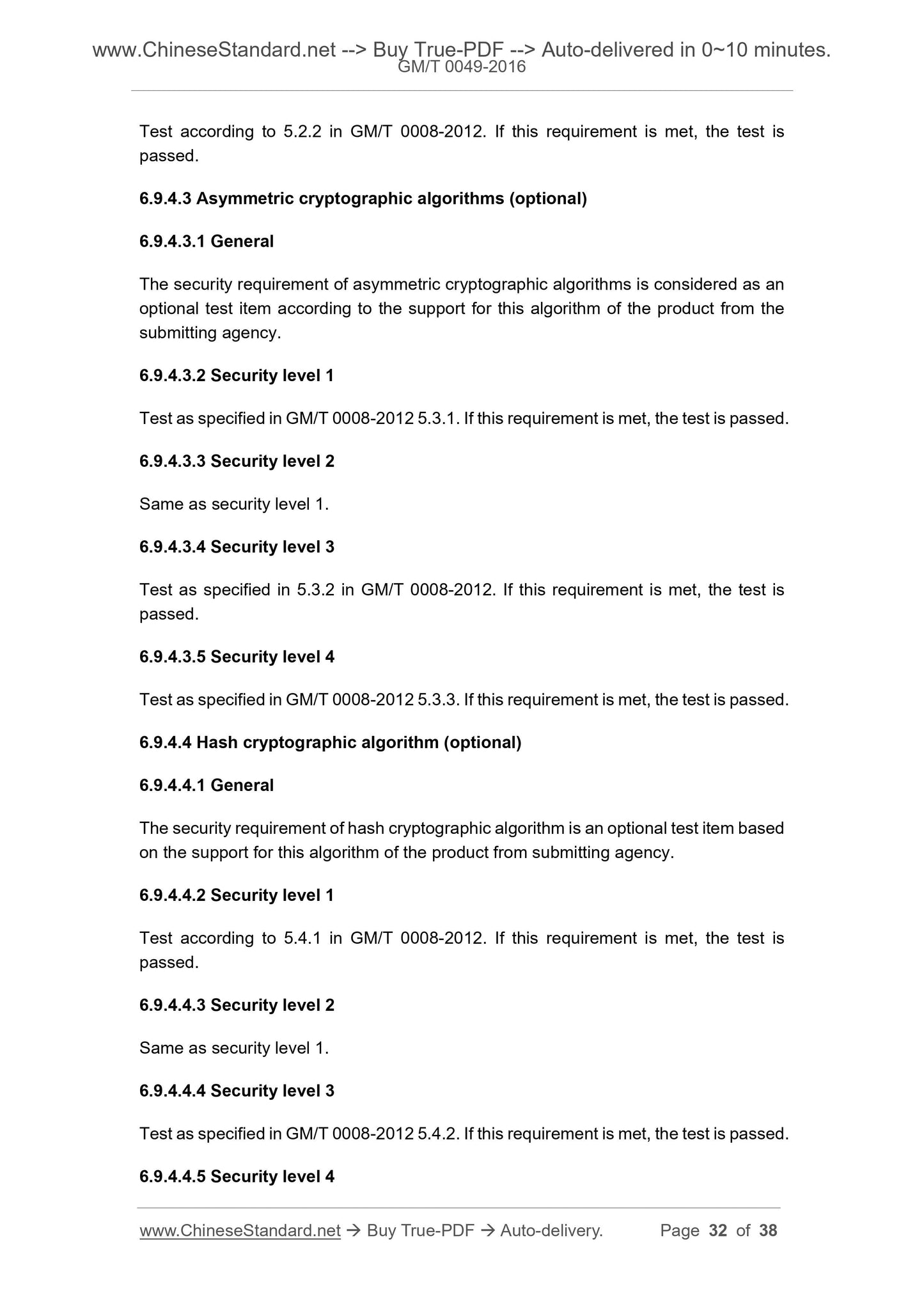1
/
of
10
www.ChineseStandard.us -- Field Test Asia Pte. Ltd.
GM/T 0049-2016 English PDF (GM/T0049-2016)
GM/T 0049-2016 English PDF (GM/T0049-2016)
Regular price
$150.00
Regular price
Sale price
$150.00
Unit price
/
per
Shipping calculated at checkout.
Couldn't load pickup availability
GM/T 0049-2016: Cryptography test specification for EPP
Delivery: 9 seconds. Download (and Email) true-PDF + Invoice.Get Quotation: Click GM/T 0049-2016 (Self-service in 1-minute)
Newer / historical versions: GM/T 0049-2016
Preview True-PDF
Scope
This standard specifies the security classification, test content and test method,qualification determination rules of encrypting PIN Pad products.
This standard is suitable for cryptography test, inspection and classification of
encrypting PIN Pad products.
Basic Data
| Standard ID | GM/T 0049-2016 (GM/T0049-2016) |
| Description (Translated English) | Cryptography test specification for EPP |
| Sector / Industry | Chinese Industry Standard (Recommended) |
| Classification of Chinese Standard | L80 |
| Word Count Estimation | 26,281 |
| Date of Issue | 2016-12-23 |
| Date of Implementation | 2016-12-23 |
| Regulation (derived from) | State Password Administration Notice No.31 |
| Issuing agency(ies) | State Administration of Cryptography |
Share
